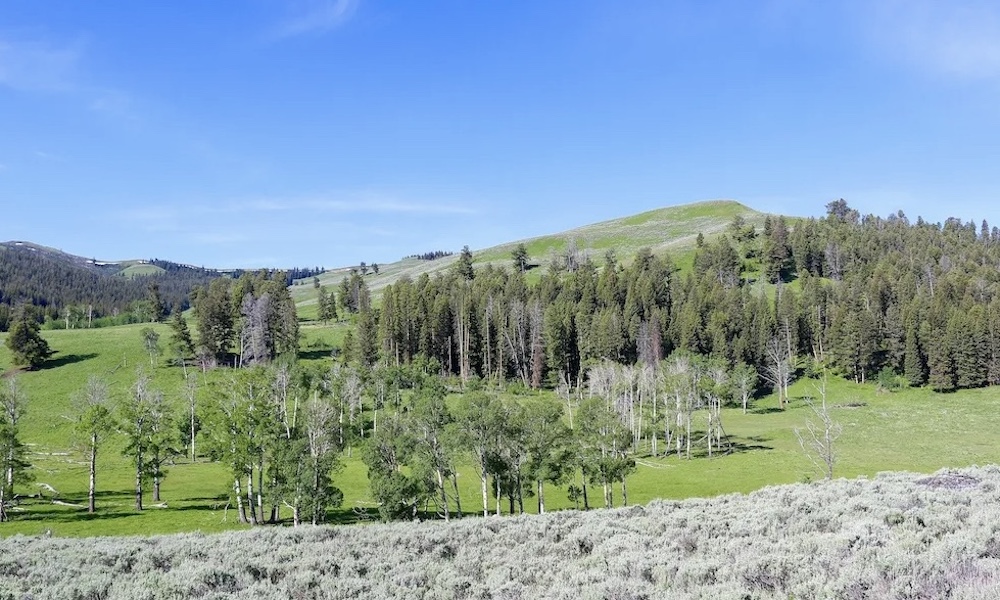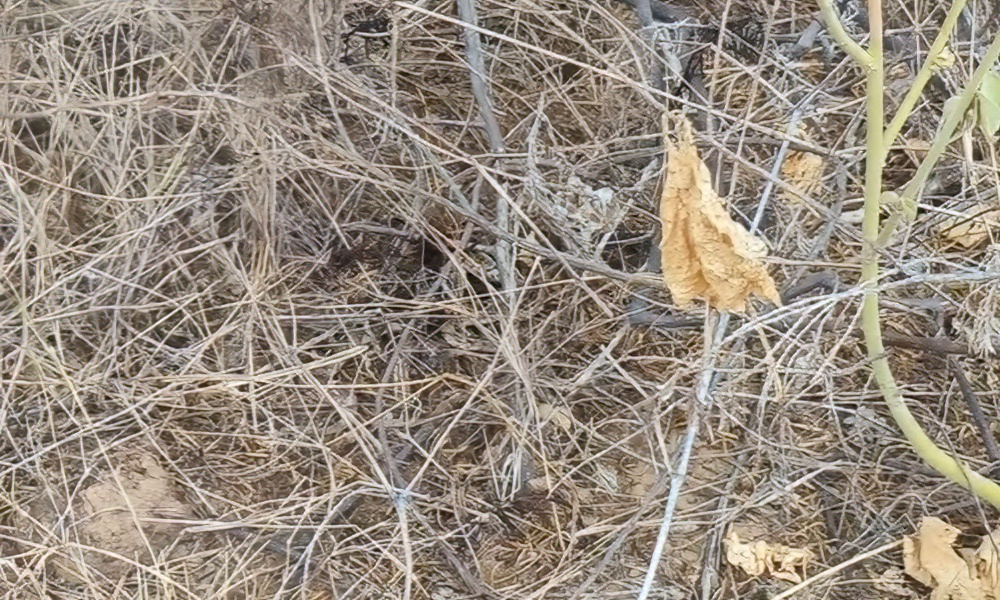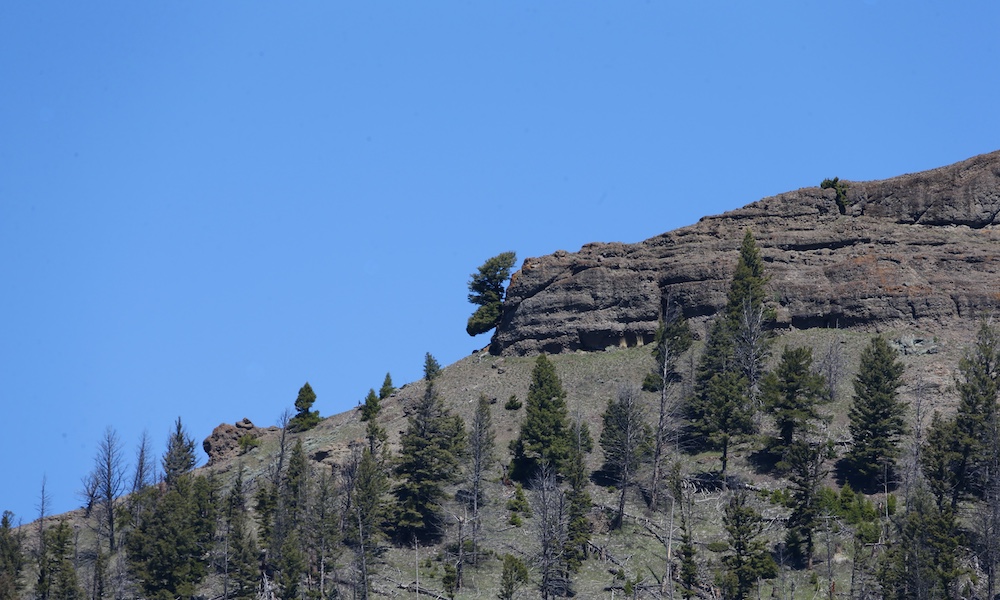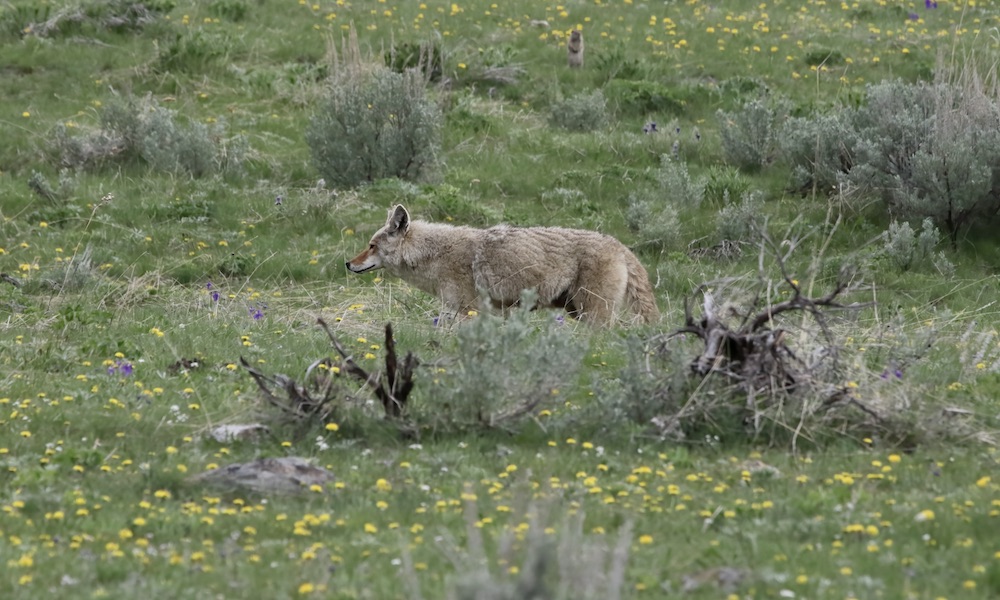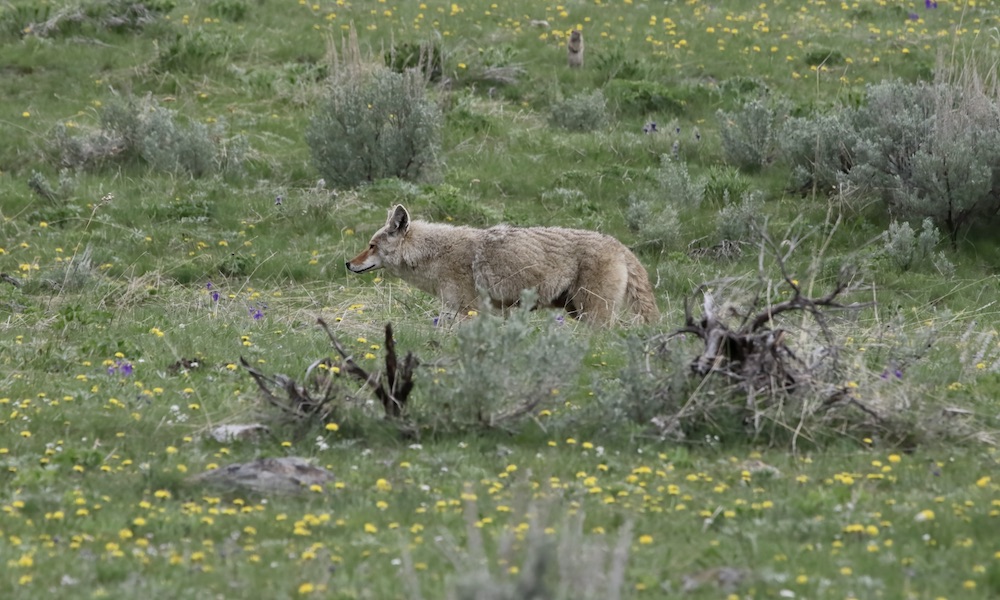An Arizona company that relocates rattlesnakes found near homes this week shared an image with an arrow pointing to the location of a southwestern speckled rattlesnake in camouflage.
We’ve obtained Rattlesnake Solutions’ unmarked image, which is positioned atop and repeated below, and ask: Can you spot the rattlesnake hiding in the homeowner’s yard? (Answer at the bottom.)
Rattlesnake Solutions stated via social media:
“In context, the camouflage of a Southwestern Speckled Rattlesnake is about perfect. The homeowner, working outside near this creosote for a few hours before noticing one of the rocks looked a little off. Marissa was called out to help [the snake] get up the mountain.”

Southwestern speckled rattlesnakes measure to about 4 feet. According to Rattlesnake Solutions, the snakes boast color variations that enable them to match their surroundings and remain hidden.
In Arizona, they’re found from Phoenix west across the Sonoran Desert and in the western Grand Canyon, and south to the California and Mexico borders.
According to the Rattlesnake Conservancy, they’re also found in Southern California and in southern portions of Nevada and Utah.
The Rattlesnake Conservancy offered this tidbit:
“Crotalus pyrrhus has been observed using its body to collect drops of rain during limited desert precipitation events, which they then drink. This behavior is known as ‘rain harvesting,’ and helps the snake to survive in extreme environments.”
Bryan Hughes of Rattlesnake Solutions told FTW Outdoors that the image used in this quiz was captured during a relocation request last October. The answer can be found via this link or in the image posted below.

[lawrence-auto-related count=3 category=421396721]

